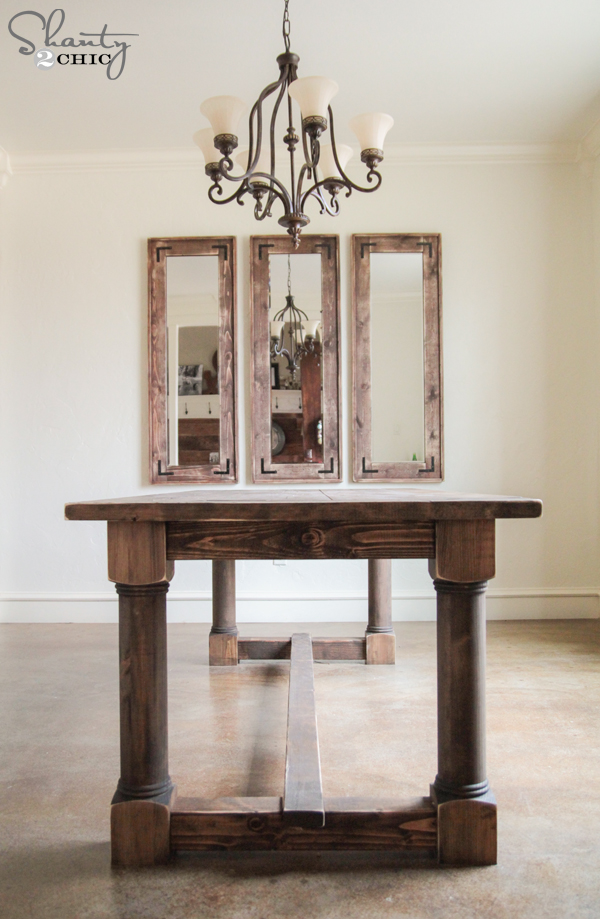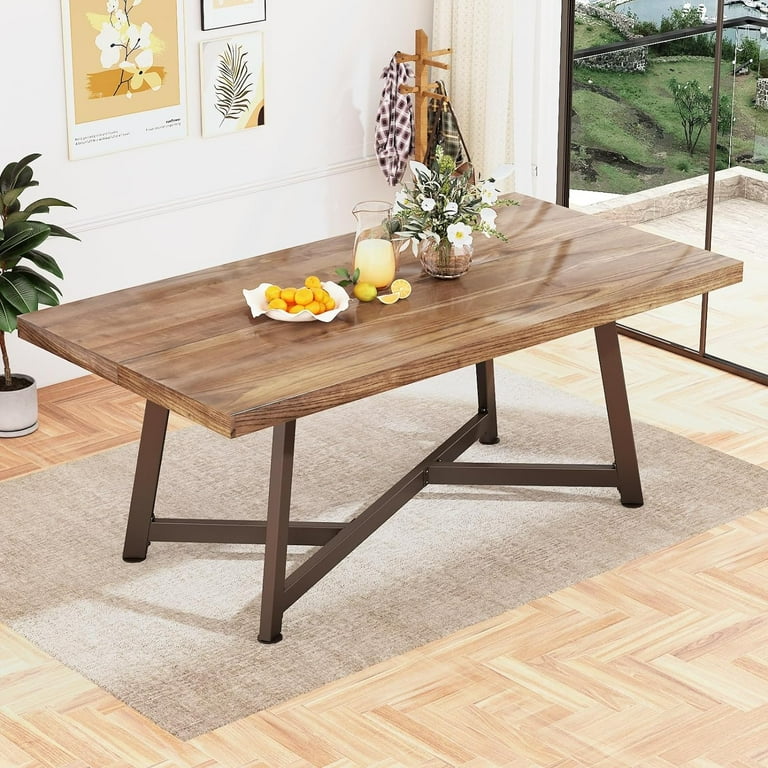From Traditional to Modern: Find the Suitable Dining Space Table Legs for Your Design
The option of dining-room table legs plays a pivotal role in defining the general character of your area, connecting the void between standard craftsmanship and modern-day visual appeals. While traditional designs such as cabriole and turned legs evoke a sense of classic elegance, contemporary designs like hairpin and geometric alternatives present a possibility for striking visual passion. Examining the right equilibrium in between these designs needs a nuanced understanding of your existing décor and personal preference. As you think about these aspects, the concern stays: just how can you flawlessly incorporate these diverse leg designs to develop an unified dining experience?
Recognizing Table Leg Styles
The selection of dining-room table leg designs can considerably affect both the visual appeals and capability of the room. Each leg style contributes special sensible functions and visual elements, accommodating varied style choices and use needs. Comprehending these styles is crucial for choosing the appropriate table that straightens with your general interior style vision.
For instance, conical legs supply a tidy, timeless appearance that can enhance a space's style, while stand bases offer security and make the most of legroom, making them excellent for smaller spaces. Barrette legs, a trademark of mid-century contemporary style, introduce a commercial style, enabling an airy, open feeling. In a similar way, trestle legs evoke rustic appeal, providing durable assistance and a feeling of eternity.
Moreover, the choice of materials plays a significant function. Wood legs can bring heat and texture, whereas metal choices typically communicate a streamlined, modern ambiance. Ultimately, understanding table leg styles is necessary for producing a natural eating area that mirrors personal style while making certain functionality and comfort. By attentively considering these aspects, you can improve both the visual and useful allure of your dining room.
Standard Table Leg Options
When picking dining space table legs, standard alternatives often symbolize ageless style and workmanship. These layouts reflect a rich heritage and a commitment to high quality, making them suitable for those that value timeless visual appeals.
One of the most renowned standard leg styles is the cabriole leg, defined by its stylish rounded form. This style commonly includes ornamental makings and is most frequently located in Queen Anne and Chippendale furnishings. One more prominent choice is the transformed leg, which flaunts a collection of smooth, rounded shapes that offer a classic look while maintaining security.
In addition, the straight leg, while straightforward, supplies a basic and durable structure that can blend flawlessly with a selection of tabletop designs. For those drawn to ornate detailing, claw-and-ball feet legs stimulate a feeling of magnificence and can function as a spectacular prime focus in any kind of eating area.
Lastly, stand bases, although not purely legs, offer an alternative typical alternative that permits for adequate legroom and can be wonderfully carved. Each of these traditional leg designs contributes to the total ambiance of a dining-room, marrying feature with visual appeal.

Modern Table Leg Layouts
Modern table leg styles offer a varied variety of styles that highlight clean lines and ingenious materials. These layouts commonly prioritize capability while acting as striking focal factors within an eating area. Minimal aesthetic appeals are prevalent, with legs crafted from products such as steel, glass, and engineered timber, which add to a contemporary and ventilated feeling.
One popular style is the barrette leg, characterized by its slim, conical structure that supplies security without overwhelming the tabletop (dining room table legs). This design is often discovered in mid-century modern-day furniture and can easily enhance various dining table shapes. An additional fad is the use of geometric shapes, where legs might tackle asymmetrical or angular kinds, including visual rate of interest and a touch of creativity

Blending Styles for Unique Spaces
Often, homeowners look for to develop special dining spaces that reflect their individual design by blending various layout components. This technique permits the incorporation of varied aesthetics, causing an unified yet unique environment. Combining a rustic wooden table with streamlined, contemporary metal legs can produce an appealing comparison that raises the room's total appeal.
In addition, incorporating vintage table legs with contemporary table tops can evoke a feeling of history while keeping a modern perceptiveness. Such combinations not just showcase private taste yet also urge creativity, permitting property owners my explanation to curate a room that feels both individual and welcoming.
Color plays a crucial function in this blending process; picking table legs that complement or comparison with the existing color plan can boost visual passion. For instance, whitewashed legs can soften the daring of a dark table surface, producing a well balanced visual.
Tips for Choosing the Right Legs
Picking the right table legs is necessary for achieving both functionality and visual charm in your eating room. Begin by considering the general official source design of your area. Traditional settings take advantage of legs that include detailed carvings or turned styles, while modern areas might ask for sleek, minimalist styles.
Next, examine the elevation and security of the legs. dining room table legs. Standard table range between 28 to 30 inches in elevation, so make certain the legs enhance this dimension for comfort. Additionally, robust materials, such as hardwood or metal, can improve security and long life
Review the leg form too-- options consist of straight, tapered, or stand layouts. Straight legs supply a classic look, while conical legs can include a touch of style. Pedestal bases give ample legroom and are perfect for smaller spaces.
Conclusion
In summary, choosing the optimal dining area table legs needs careful factor to consider of both modern and standard styles. By integrating leg style, elevation, and product with the overall decor, a cohesive and welcoming environment can be achieved.
The range of dining space table leg styles can significantly affect both the looks and functionality of the room. Ultimately, recognizing table leg styles is crucial for producing a natural dining location that reflects personal design while ensuring functionality and convenience.One of the most renowned typical leg styles is the cabriole leg, defined go to these guys by its elegant curved form. Straight legs supply a traditional appearance, while conical legs can add a touch of sophistication.In recap, selecting the suitable eating room table legs needs mindful consideration of both modern and conventional designs.
 Rider Strong Then & Now!
Rider Strong Then & Now! Jenna Von Oy Then & Now!
Jenna Von Oy Then & Now! Jennifer Love Hewitt Then & Now!
Jennifer Love Hewitt Then & Now! Matilda Ledger Then & Now!
Matilda Ledger Then & Now! Barbi Benton Then & Now!
Barbi Benton Then & Now!